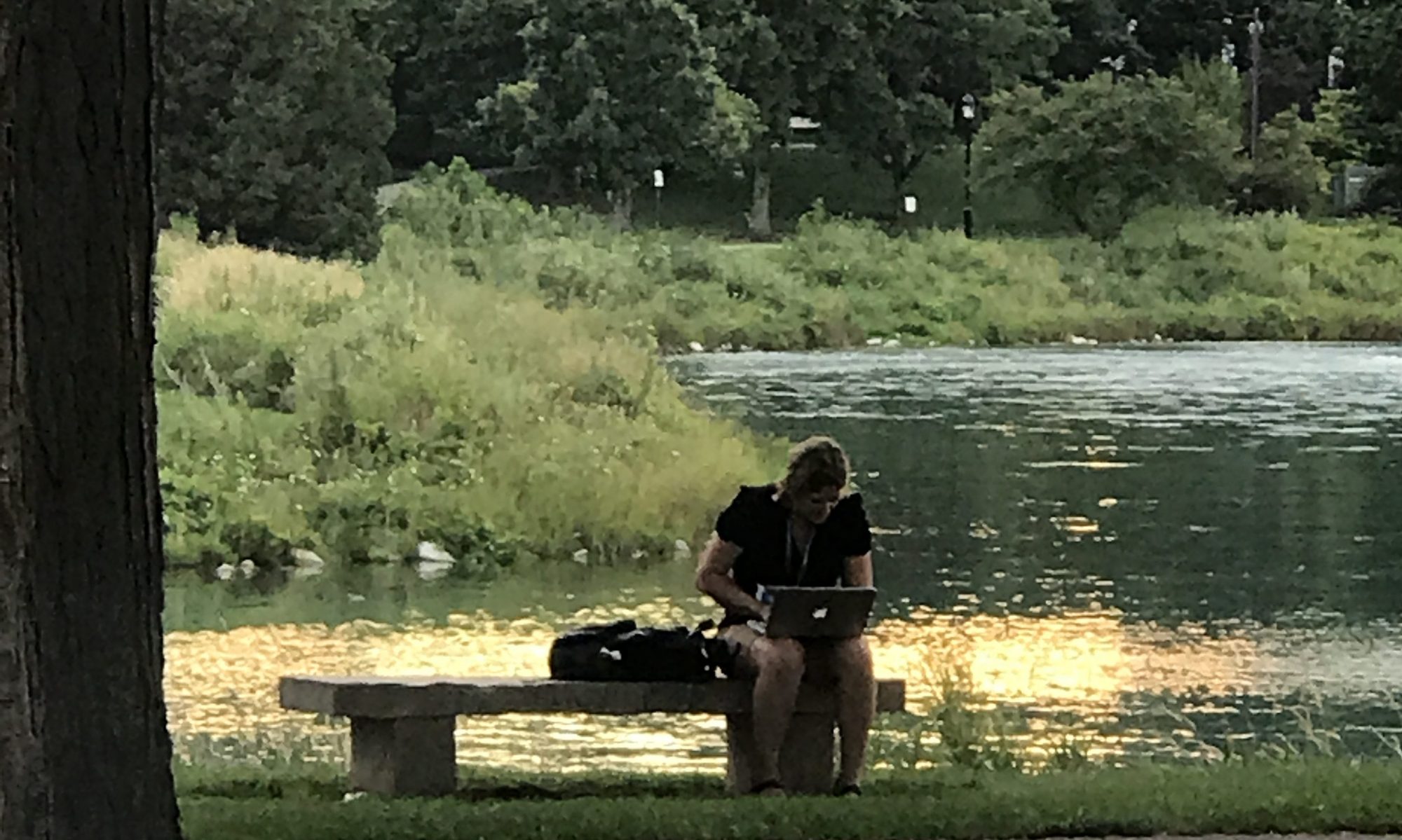I’ve been attending the TAUP 2009 conference (Topics in Astroparticle and Underground Physics) in Rome this past week. Yesterday, the DAMA/LIBRA collaboration presented their results on an observation of a seasonal variation of events in their detector. They interpret this as dark matter. There is good reason to believe that dark matter rates through the earth vary over the course of the year. Sometimes the earth is moving “with the wind” from our dark matter halo and sometimes we are moving “against the wind”. When we are with the wind, fewer dark matter particles travel through us, when we are against more dark matter particles travel through us. The controversy is that no other dark matter detector has verified this discovery. As a matter of fact, using convential hypotheses of how dark matter particles behaves, several experiments independently have “ruled out” their discovery. This leads to one of two conclusions, either DAMA/LIBRA is observing some unaccounted for background that also varies by season or the dark matter interacts in a way that is not expected.
I always walk away with a few questions.
1. Is DAMA a poorly designed experiment? By this what I mean is without independent confirmation, will anyone ever believe that they have found dark matter. I think not. However, the same question would be asked of any experiment that claimed a discovery of dark matter.
2. What do we learn by continuing to run the experiment in the same mode, same location?
– Wouldn’t it be better if we could learn more details about the interactions of these events. For example, it would be great if DAMA/LIBRA could do a pulse-shape analysis that would tell us if the events are interacting with the atom’s nucleus or the electrons surrounding the nucleus. However, I have been told by DAMA collaborators that they have no discrimination power between these types of interactions in there pulses.
– What if the experiment were moved to the southern hemisphere? If the modulation were observed out of phase, this would certianly point to a seasonal effect. Dark matter particles don’t care which hemisphere your experiment is in. This question was asked at the conference. The speaker responded that there were not plans to move the experiment. It was too much work. True enough, it does take years to build and commission these experiments.
In the end, it leaves me asking: exactly what is it that we are learning by continuing to run DAMA/LIBRA int he same location, without changing anything? They already have an 8.2 sigma result – certianly enough to claim discovery. No one doubts that they are seeing a modulation. The question is a modulation of what. In order to answer that, I think it is time for a new approach.
